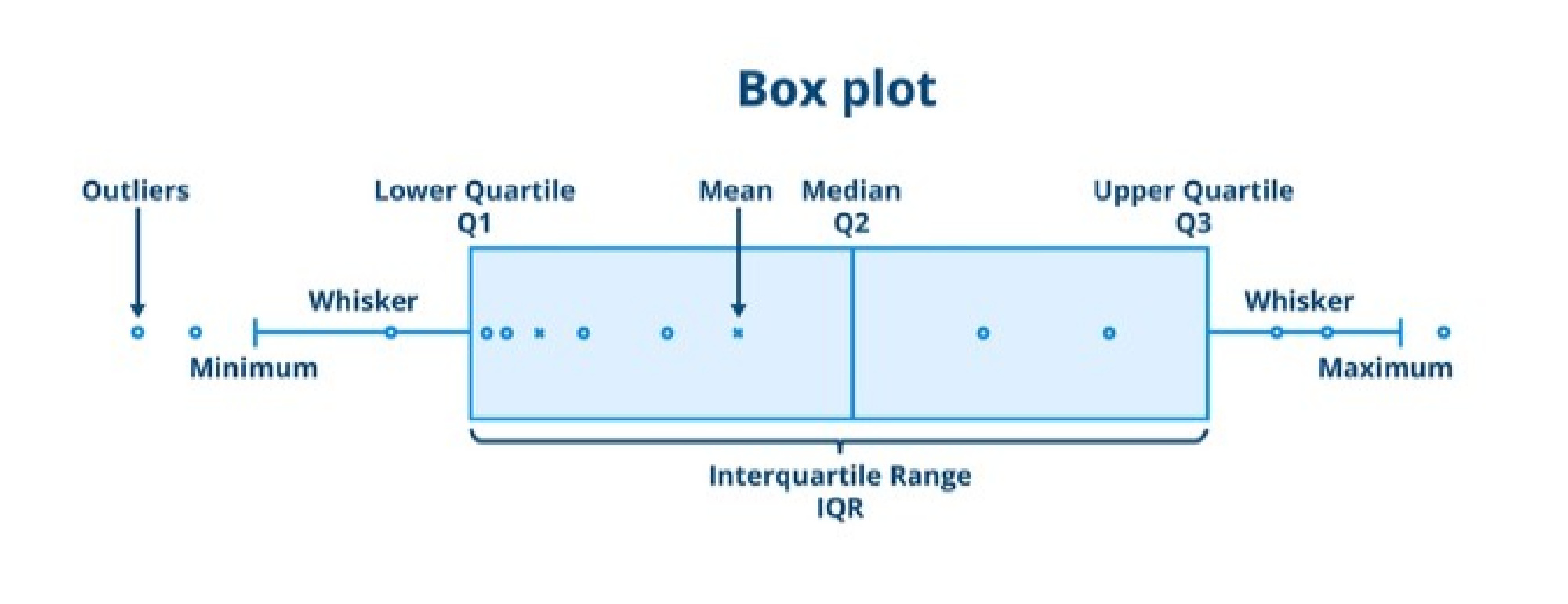
Smart Ways to Make iPhone Black and White in 2025
As our interaction with technology becomes increasingly vital, understanding how to adjust our devices to better suit our needs is essential. The iPhone, renowned for its innovative features, offers users the ability to switch their device to black and white or grayscale mode. This can be particularly useful for reducing eye strain, improving concentration, or catering to specific visual impairments. In this article, we explore various methods to enable grayscale on your iPhone, navigate its settings efficiently, and discuss the benefits of using a black and white display. Here’s what you can expect in our step-by-step guide to iPhone grayscale: practical uses, accessibility features, and easy navigation of your iPhone's display settings.
Essential Guide to iPhone Accessibility Settings
Understanding iPhone accessibility settings is vital for maximizing the usability of your device. These features cater to users with diverse needs, including those requiring visual assistance. The accessibility menu offers various options for modifying visual elements. One of the standout features included in these settings is the ability to switch your display to grayscale.
How to Change iPhone Display Settings
To change your iPhone display settings and enable grayscale, navigate to Settings > Accessibility > Display & Text Size. Here, you will find options to adjust various display characteristics, including color filters. By exploring these settings, you can customize your visual experience in a way that enhances usability.
Practical Benefits of iPhone Grayscale
Using grayscale on your iPhone has several practical benefits. It can reduce distractions caused by colorful notifications and icons, aiding in concentration. Additionally, this mode can help conserve battery life, as black displays utilize less power. By adjusting your iPhone’s display to black and white, you may find yourself focusing better on your tasks without the colorful interruptions.
Accessibility Features for Visually Impaired Users
For users with visual impairments, iPhone accessibility features like grayscale and high contrast settings are invaluable. The black and white display can simplify the user interface, making it easier for some individuals to navigate their devices. This aspect of iPhone technology is essential for creating an inclusive experience for all users, ensuring that everyone can enjoy the benefits of modern smartphones.
How to Enable Grayscale on iPhone
Now that you understand the importance of accessibility settings, let’s delve into the process of enabling grayscale on your iPhone. This action helps to bring simplicity to your device's display, promoting easier navigation and readability.
Step-by-Step Guide to iPhone Grayscale
To activate grayscale on your iPhone, follow these simple steps:
- Open the Settings app.
- Tap on Accessibility.
- Select Display & Text Size.
- Pursue the option labeled Color Filters.
- Switch the toggle to enable Color Filters, then select Grayscale.
This straightforward method provides a quick way to adjust your iPhone’s display colors, ensuring an optimal user experience.
Adjusting iPhone Display Colors for Clarity
In addition to switching to grayscale, you can further adjust iPhone display colors for better clarity. The settings allow you to modify contrast and brightness, tweaking the screen to fit your preferences. This adaptability is crucial for enhancing visibility, especially for users who may find standard colors challenging to interpret.
Explore iPhone Color Filters
The versatility of iPhone settings extends beyond turning on a black and white mode. Users can explore different color filters designed to accommodate those with color blindness or other visual impairments. Color filters modify how colors display on the iPhone, making it easier for everyone to use the device effectively.
How to Change Color Filters on iPhone
To adjust color filters, navigate to Settings > Accessibility > Display & Text Size > Color Filters. When you enable this option, you'll see several presets geared towards common visual challenges. Users can select the most suitable filter that enhances usability without detracting from the overall experience.
Understanding Monochrome Options
The option of using monochrome can cater specifically to visually impaired users, offering a simplified interface. This helps streamline navigation, making tasks like texting or browsing easier through enhanced readability. Implementing these changes can significantly improve the experience for individuals who might struggle with colorful displays.
Customizing iPhone Display Colors for Enhanced Usability
Personalizing your iPhone display settings can lead to a more enjoyable user experience. Altering color settings is not just for limiting distractions, but also for improving readability and making the device more user-friendly.
IPhone Appearance Settings Overview
Dive into the iPhone's appearance settings by going to Settings > Display & Brightness. Here, you can adjust brightness levels, contrast options, and even switch between light and dark mode. Implementing these adjustments can enhance visibility across various environments.
Adapting iPhone for Readability and Concentration
Adapting your iPhone display for better readability involves a combination of settings. Users can specify text size, contrast, and making additional changes through accessibility features. These tools enable users to customize their devices based on their distinct requirements, ensuring they achieve the best possible experience.
Conclusion: Maximizing Your iPhone's Potential with Grayscale
By utilizing the grayscale and accessibility features offered by the iPhone, users can cater to their specific visual needs, enhancing their overall experience. From reducing eye strain to simplifying navigation, changing display settings can profoundly impact how one interacts with their device. Implementing these settings not only improves usability but also empowers users to take full advantage of their iPhone’s capabilities. These adjustments are a step towards creating a more user-friendly and inclusive interface for all.
 example.com/image2.png
example.com/image2.png
 example.com/image3.png
```
example.com/image3.png
```